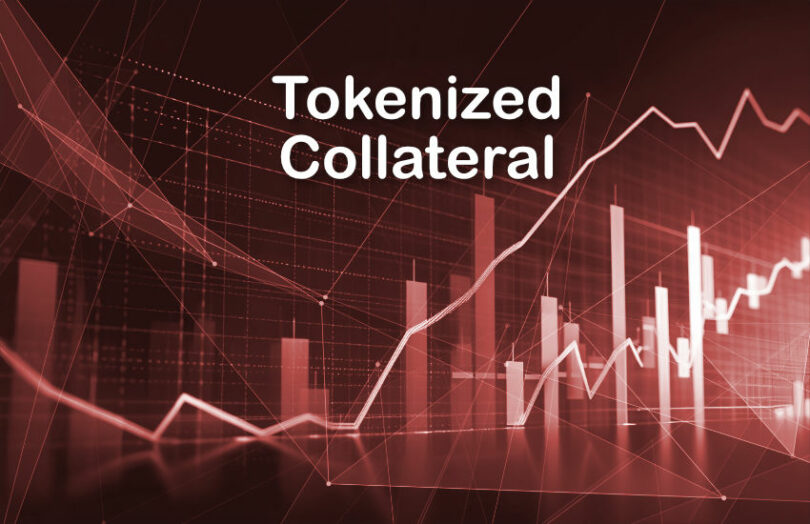Yesterday the International Swaps and Derivatives Association (ISDA) published a guidance note exploring the legal enforceability of tokenized collateral. Part of the note focused on the nature of the collateral, while the balance considered the applicable jurisdiction and poses some high level legal questions.
In traditional finance, securities can often be classified into three groups. For bearer securities, the transfer of a piece of paper represents the transfer of ownership. Next, you have registered securities where the issuer or their agent keeps a record of ownership. Finally, you have dematerialized securities, where a central securities depository is responsible for updating the ownership records.
Likewise, tokenized collateral can take on a form similar to these three. ISDA refers to the collateral as having a Bearer, Registered or Claims structure.
In the case of a Bearer structure, the token itself is the intangible asset, and the legal transfer of the token will result in a change of ownership of the collateral. In contrast, for the Registered and Claims structures, the token itself is not an intangible asset. Plus, there’s a need to update the records to demonstrate a change in ownership, even if automation is involved.
If something goes wrong, there is no recourse under the Bearer structure, whereas there usually is under the Registered and Claims structures because there is a central operator.
While the note is not jurisdiction specific, the remainder of the guidance covers how to establish the relevant jurisdiction and a series of private international law questions for the applicable jurisdiction.
This guidance note follows ISDA’s January update, in which it amended its master derivatives agreement to support the use of tokenized collateral.






